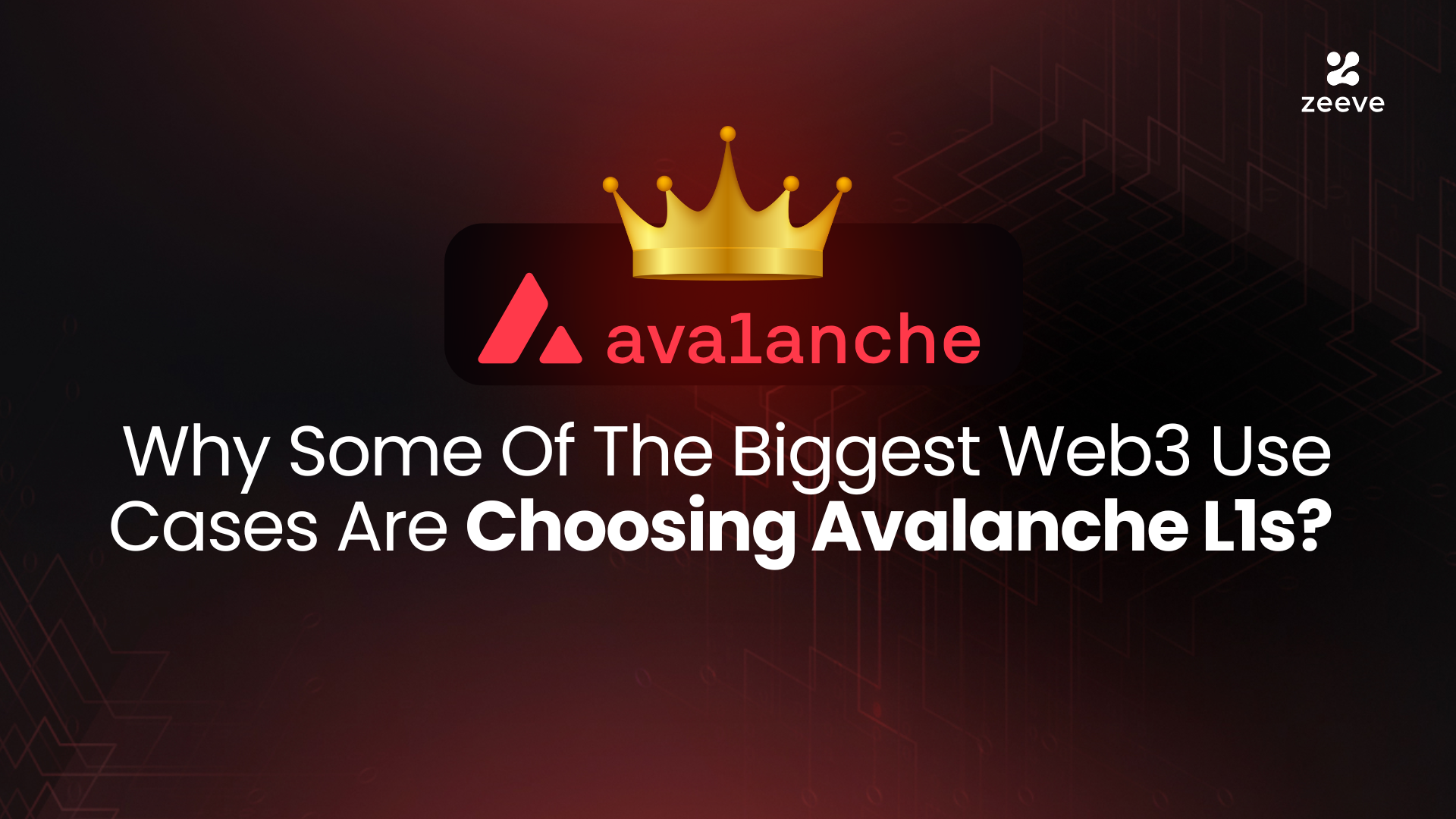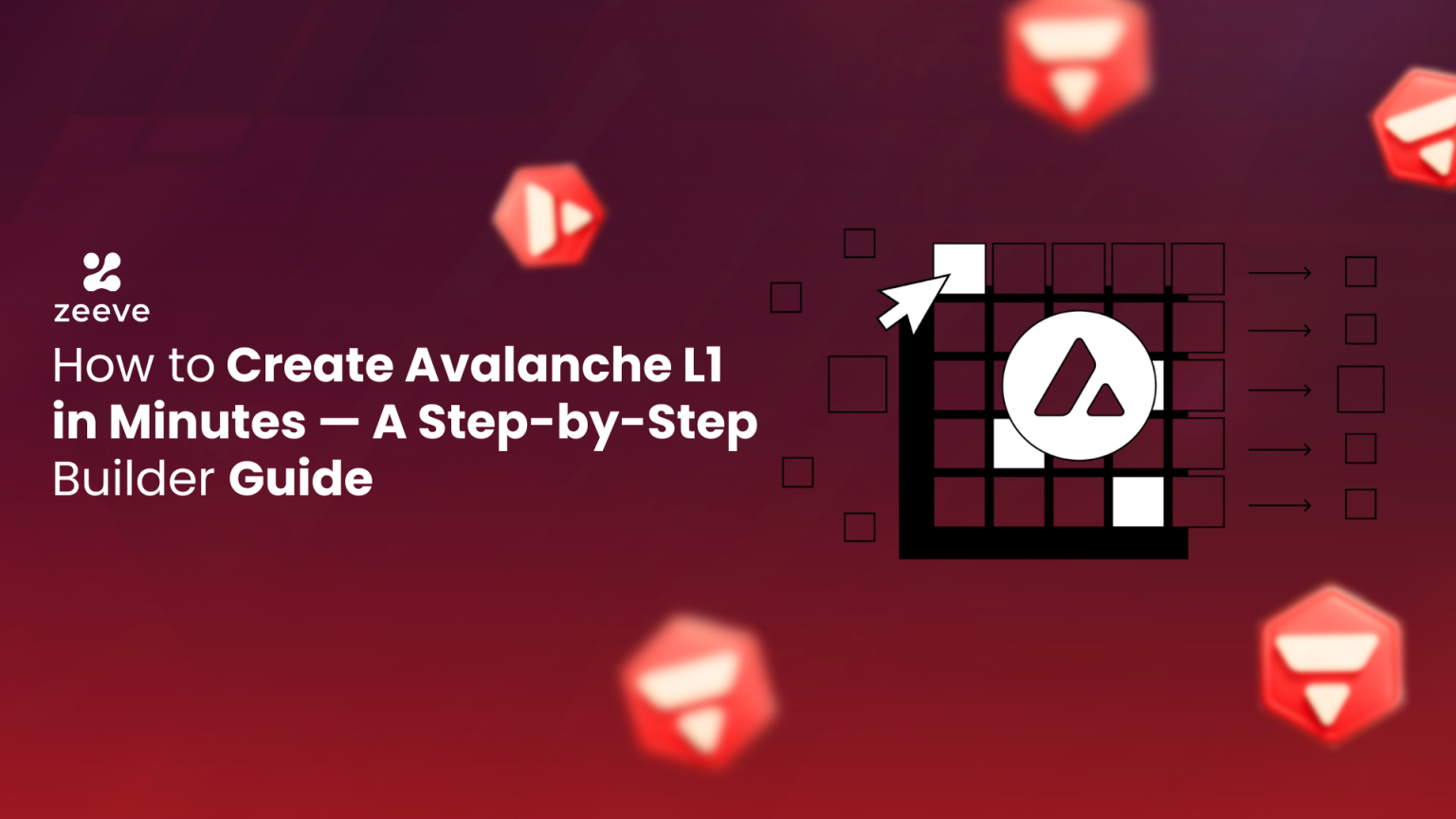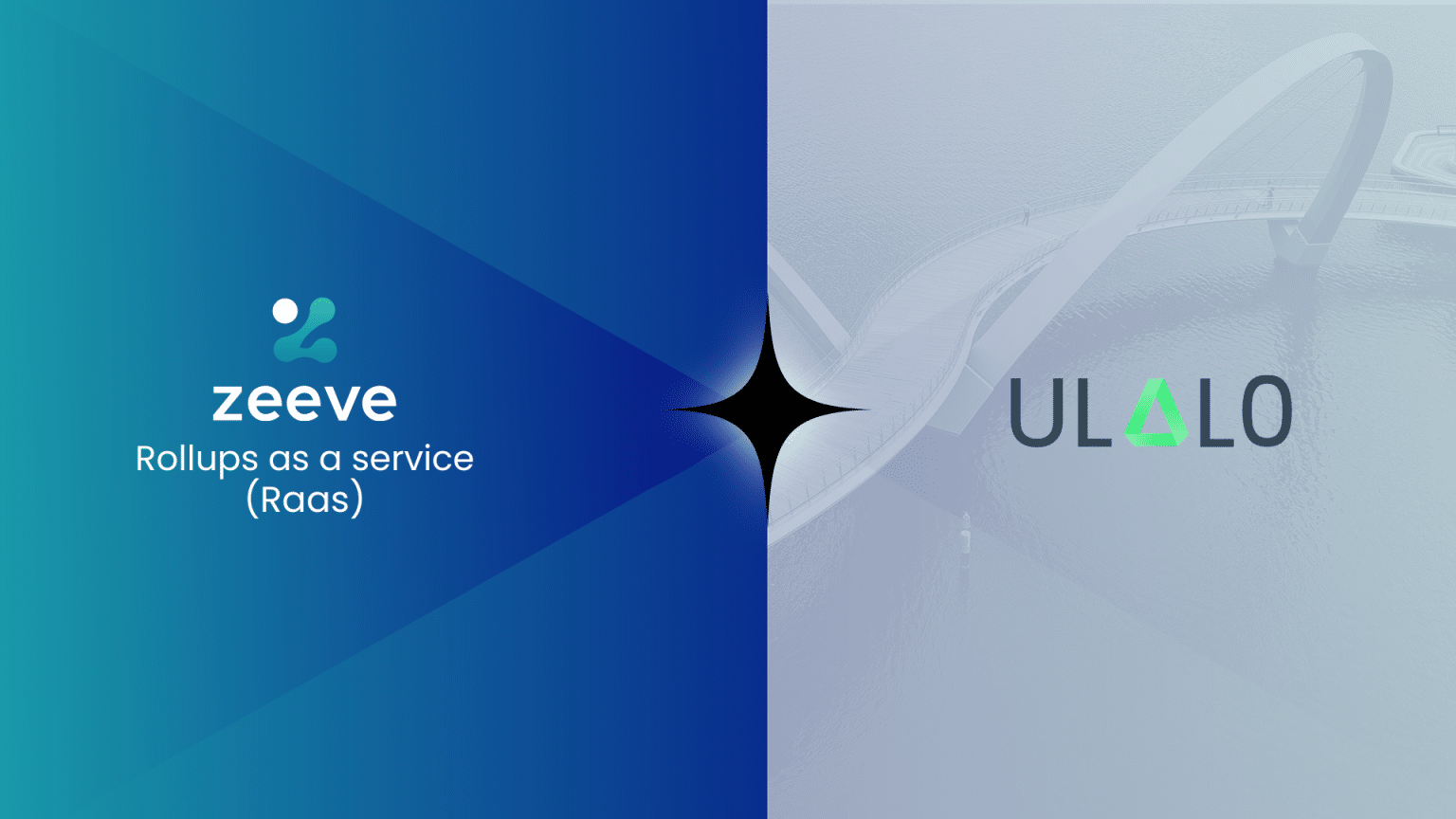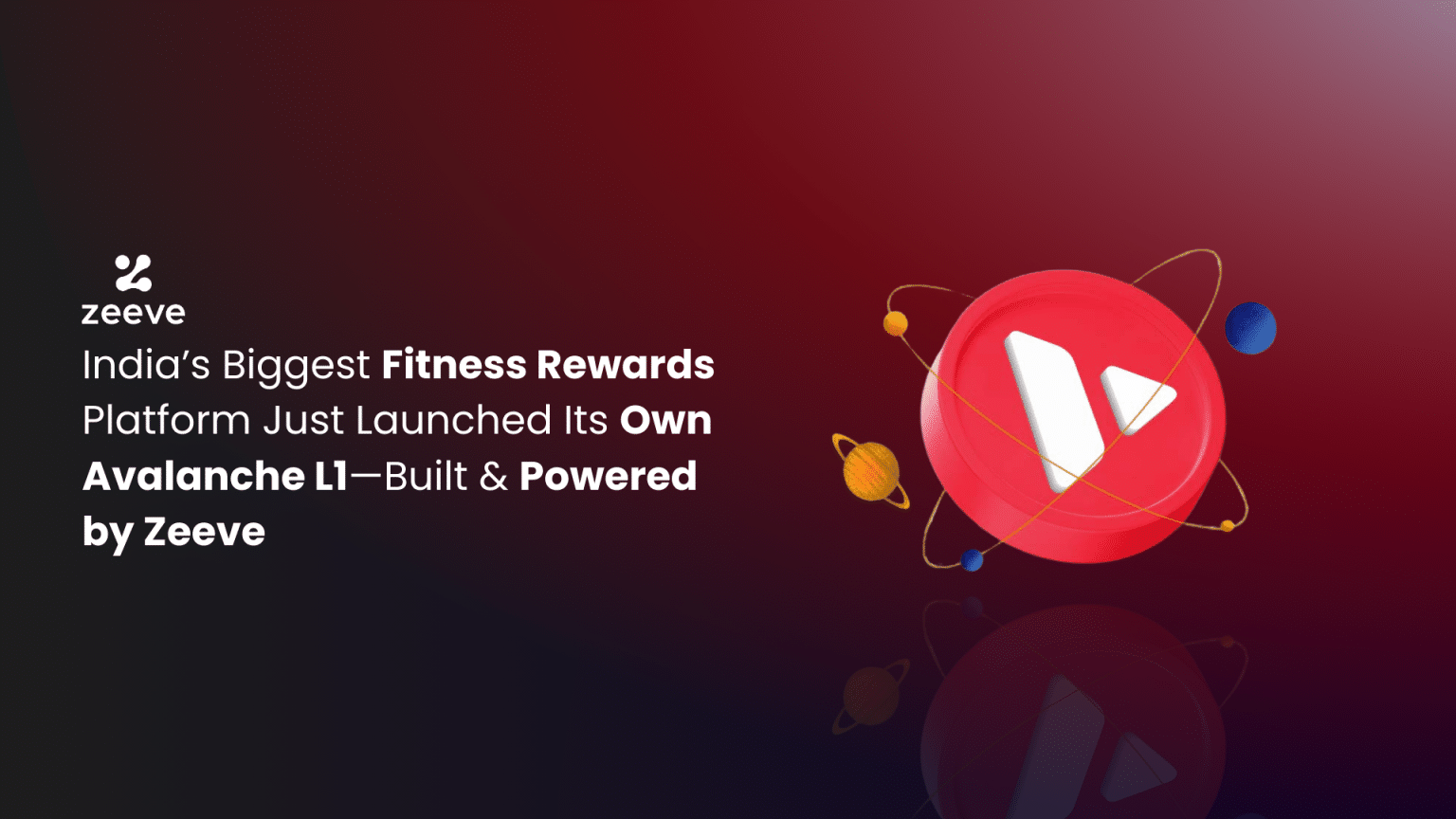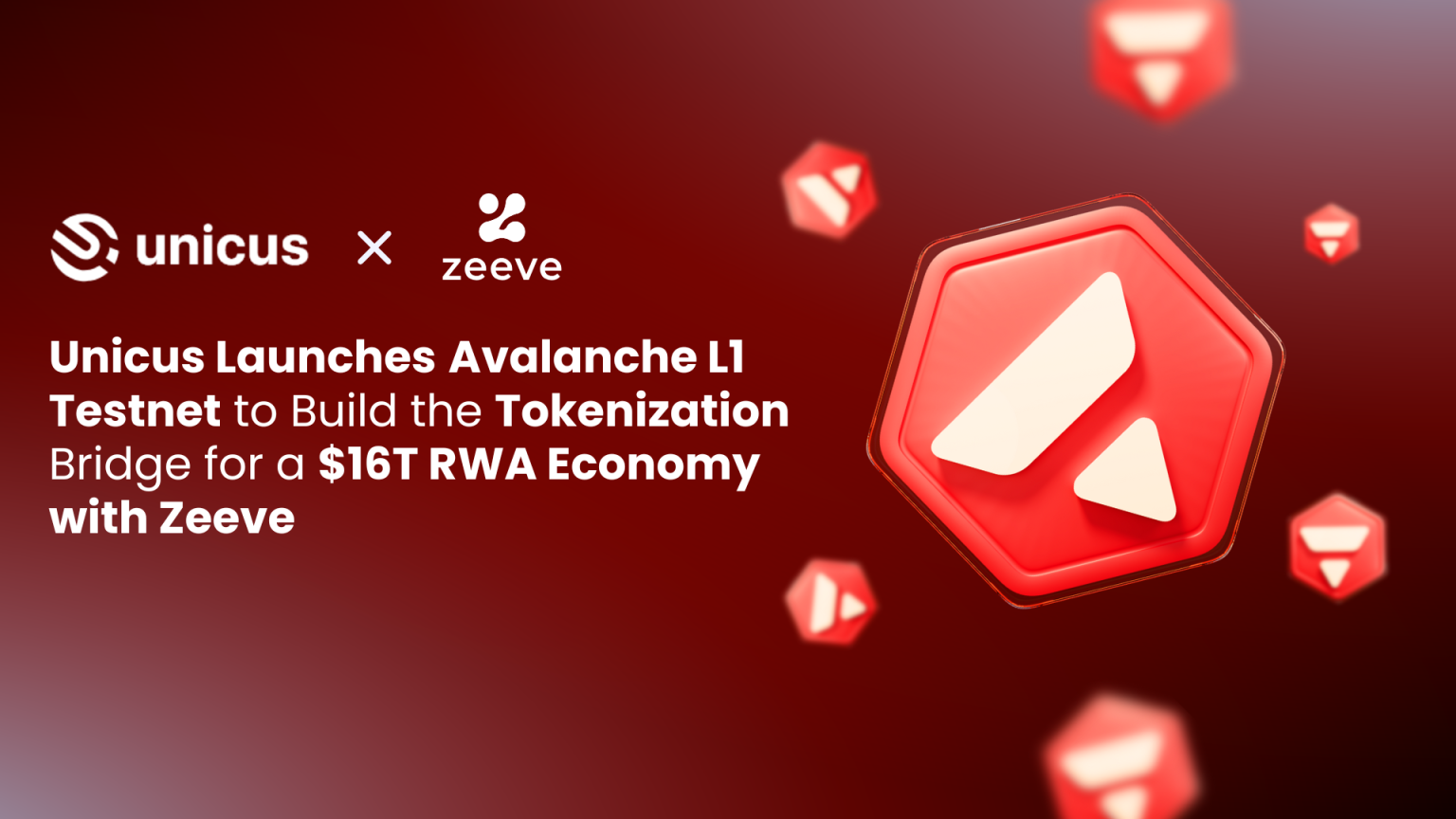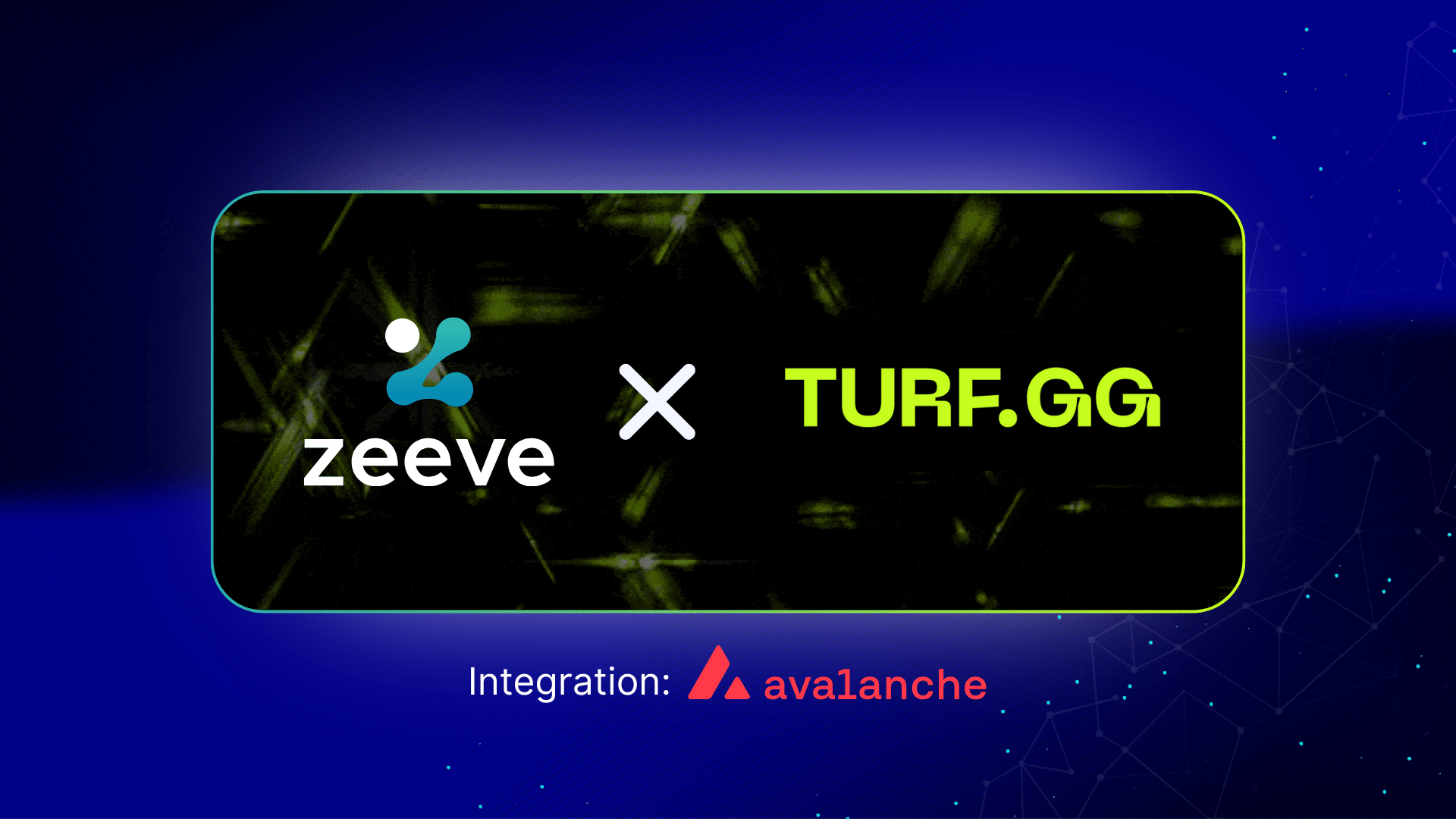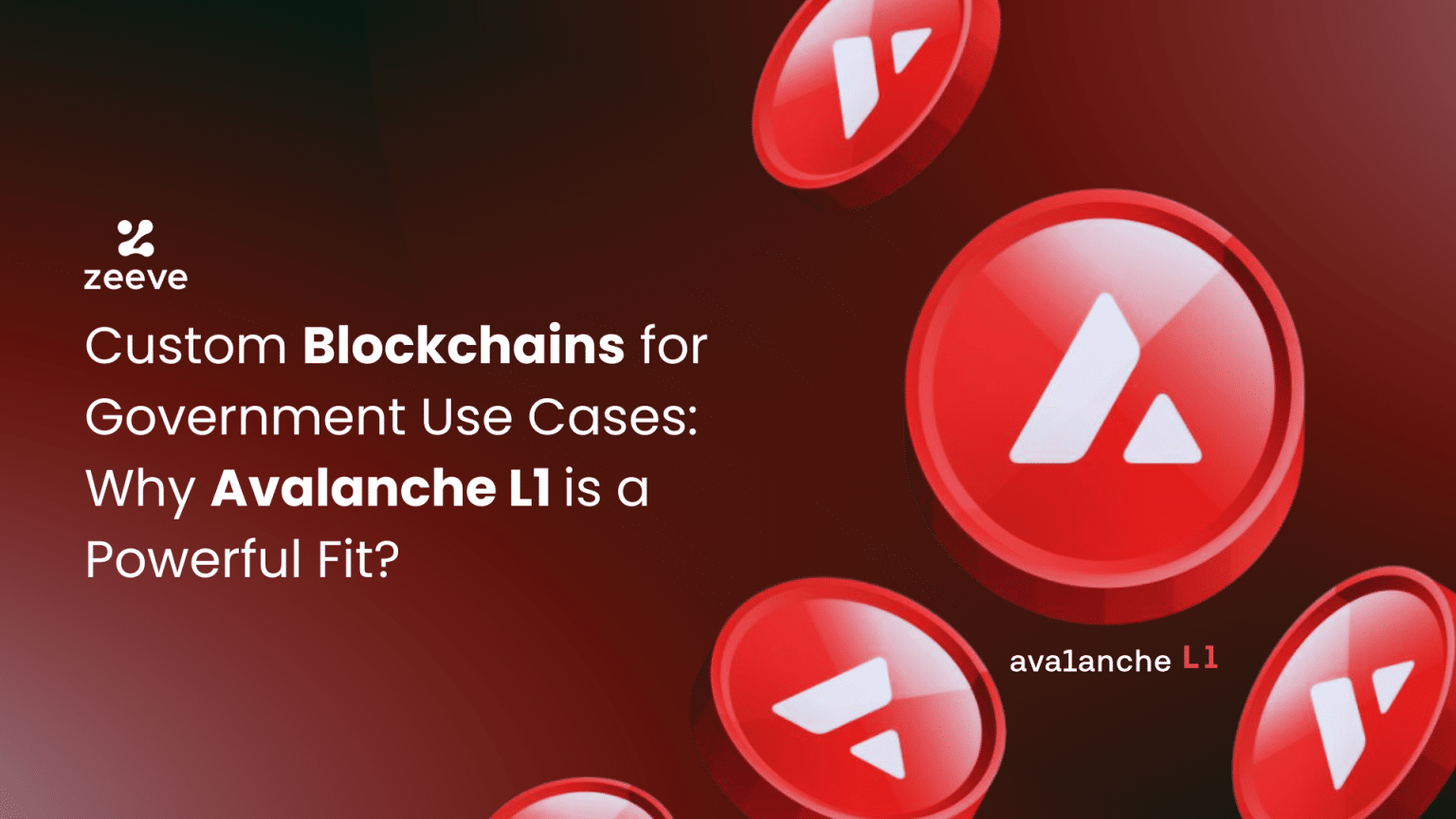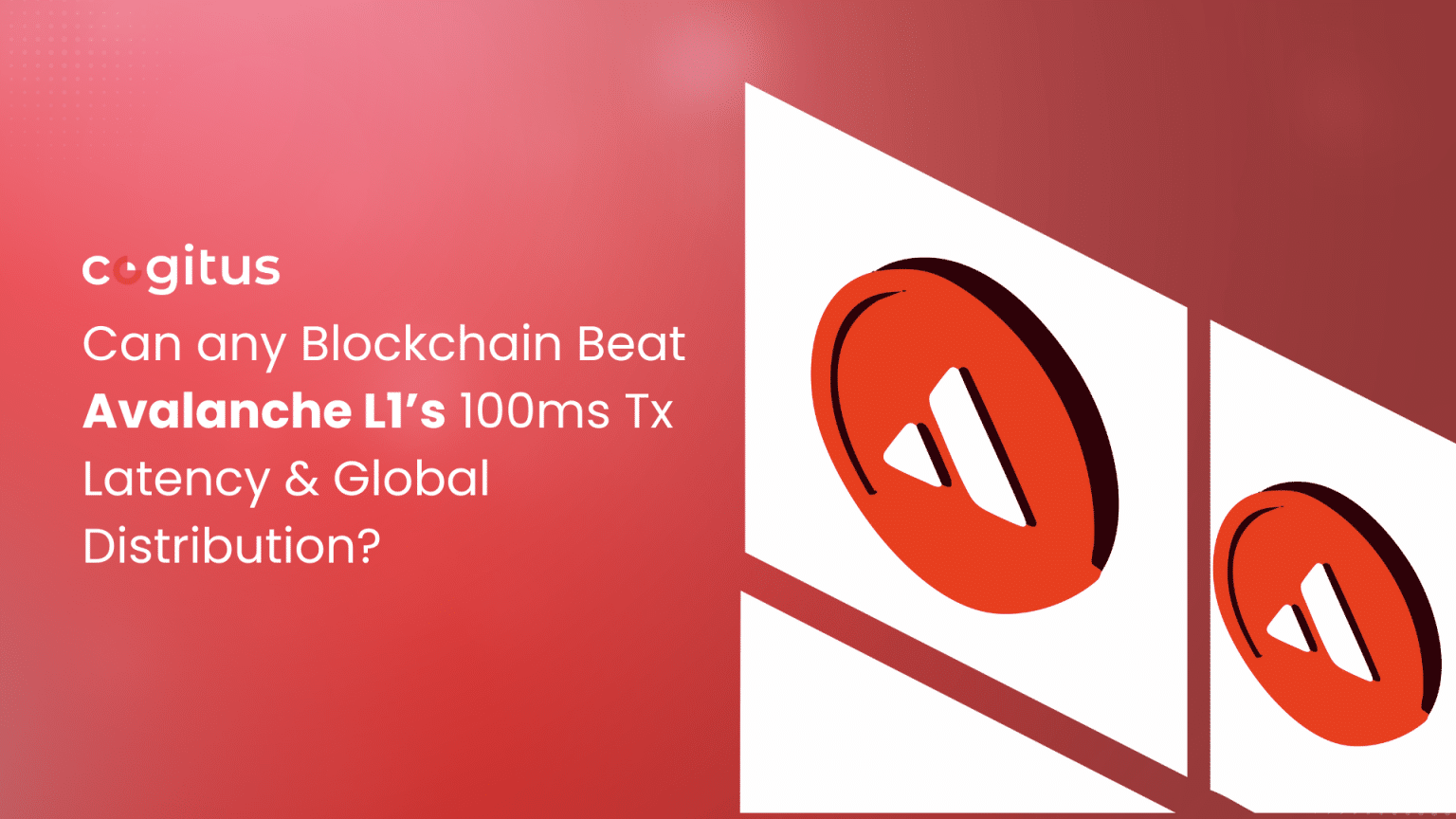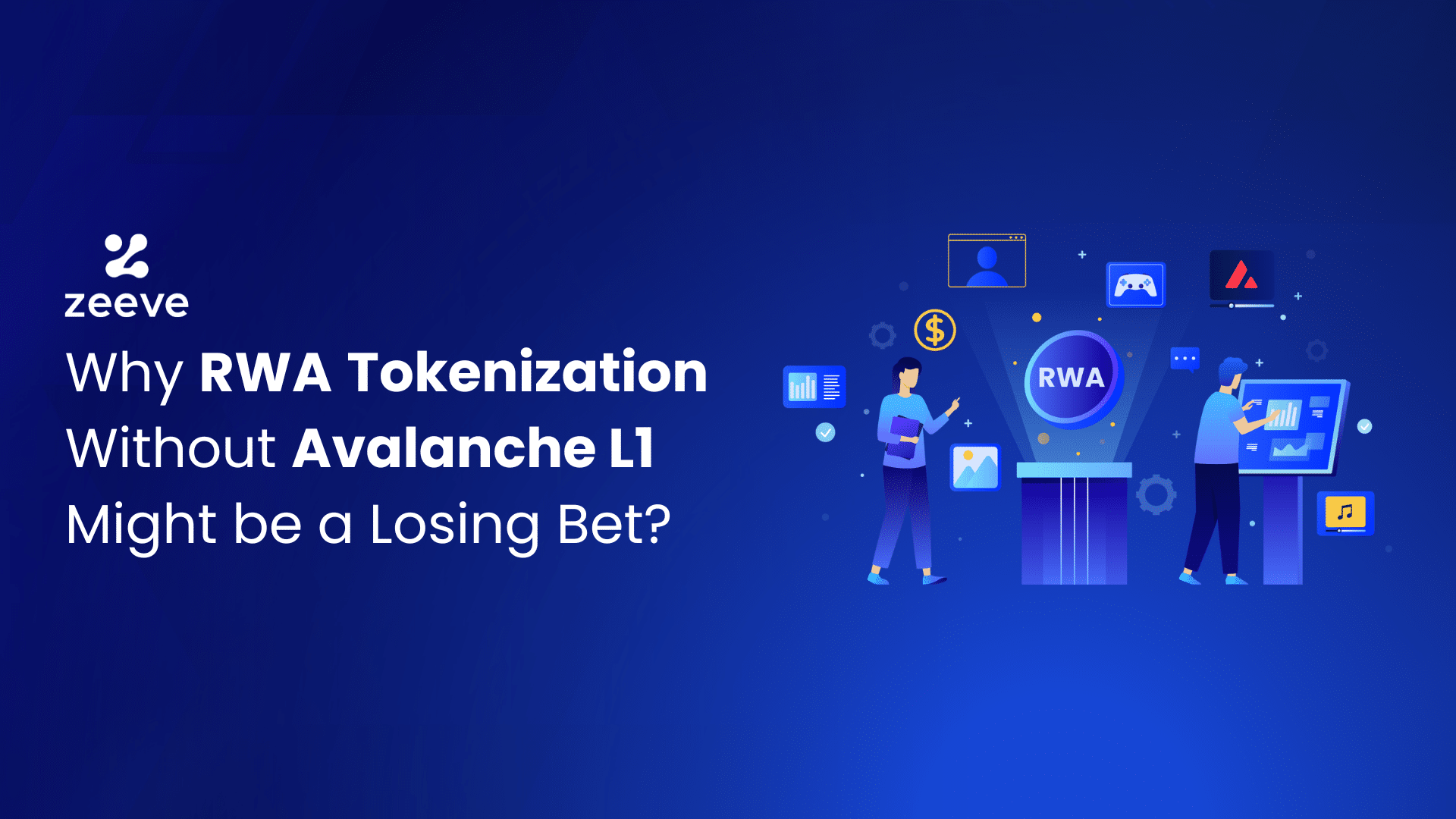Today, when most blockchains are built on a compromise between scalability, decentralization, and security, Avalanche L1s just skip the compromise. With its interconnected subnet architecture, Avalanche bypasses the blockchain trilemma and still runs smoother than most chains out there.
Every single day, Avalanche and its sovereign L1s handle millions of transactions across all kinds of use cases—gaming, RWAs, DeFi, enterprise apps—you name it. And it still feels Web2-fast, with barely any downtime. The ecosystem already has over 800 testnet & mainnet L1s, and somehow, it just works. At scale. Without breaking. In the most carbon-neutral way possible.
Avalanche is quietly positioning itself as the internet of L1 chains. And the names choosing it aren’t small: Gunzilla, Beam Chain, Dexalot, Play off the Grid, Rymedi, Kite AI, Arena SocialFi —each building or scaling on Avalanche in their own way.
So, what’s behind this growing list of Avalanche L1 use cases?
Let’s break it down.
Sovereign Chains Instead of Cookie-Cutter Infrastructure
Every chain in the Avalanche ecosystem is a fully sovereign L1 post-Avalanche9000. That means full autonomy, top to bottom—your own rules, tokenomics, validator sets, gas model, and even your own VM if needed.
You can issue your own gas token. You decide your validator rewards. You customize every parameter that matters to your business.
And Avalanche doesn’t force you to throw out your existing tech stack either. It’s fully backward-compatible with Ethereum dApps and tooling. After Avalanche9000 , it’s even cheaper to start building—99.9% drop in L1 launch costs and a 96% reduction in C-chain fees. So, whether you’re launching a new game chain or spinning up a private subnet for compliance-heavy use cases, the infra cost is no longer a blocker.
We think Avalanche L1s will become the norm over time. That’s not just opinion—Avalanche L1 use cases are already covering every booming Web3 vertical, from tokenized finance to real-time multiplayer games and AI agent networks.
This is the best analogy explaining why L1s on Avalanche will become the norm over time pic.twitter.com/AbOn56jeOz
— ThaDream L1 🇺🇸🔺 (@0xThaDream) May 1, 2025
Now, why does this matter?
Because use cases aren’t one-size-fits-all. A Web3 game wants ultra-low latency and micro gas fees. An AI application wants transparent collaboration across data, models, & agents. An RWA platform needs fine-grained privacy and strong interoperability. Avalanche L1s give you the space to build what you actually need, without asking permission or dealing with someone else’s bottlenecks.
That’s why you already have 62+ mainnet L1s in the Avalanche ecosystem, which includes 26 modern L1s that are compatible with Etna Upgrade and 36 legacy L1s. And all these chains focus on different use cases—gaming, defi, RWA, AI, Healthcare, social, and more. You can go public, permissioned, or anything in between.
No one’s forcing you to follow a cookie-cutter template like on some other ecosystems. Unlike Ethereum L2s or Polkadot parachains, Avalanche L1s are not reporting back to a main chain. You’re not sharing sequencers. You’re not limited by anyone else’s upgrade schedule. You build what fits you, and you move fast. That’s why builders looking for full-stack freedom are naturally gravitating toward Avalanche L1 use cases that offer real isolation, customization, and scalability.
How Avalanche L1s Make This Possible?
This level of customization, scale, and performance doesn’t come from adding more nodes or stacking more middleware. Avalanche is fundamentally built differently.
Avalanche $AVAX empowers developers to create tailored applications through horizontal scaling. Imagine it as a city of unique, sovereign houses instead of cookie-cutter apartments—each project can be customized to fit its needs. This flexibility sets Avalanche apart in Web3. pic.twitter.com/B5DHjTypQv
— Grayscale (@Grayscale) November 9, 2024
Its architecture separates the application layer from the consensus layer. It’s what lets each L1 behave like its own chain, while still staying interoperable with others in the ecosystem.
You don’t need to figure out validator messaging or consensus logic yourself. You define a few core parameters, configure your VM, choose your validator set, and spin up your chain. Avalanche handles the consensus. You control everything else. This clear separation of concerns is what makes Avalanche L1 use cases not just configurable, but production-grade from day one.
Zeeve simplifies this even more—you can deploy your Avalanche L1 testnet at just $50. The entire setup, infra, and dev stack is ready to go. You don’t need to hire protocol engineers or build infra teams before you even start building your product. Avalanche L1 use cases also benefit from this easy customization layer that drastically reduces time to launch.

Massive TVL + Fluid Digital Identity Built-In
Here’s what most chains don’t tell you—interoperability is broken unless it’s native. Avalanche doesn’t rely on bridges to get L1s talking to each other. Its Warp Messaging (AWM) and Teleporter systems let L1s communicate natively across the application layer, without bottlenecks.
This is how Avalanche can support massive TVL and user flow across completely separate sovereign L1 chains, without users even realizing they’re switching chains.
It also means something Web3 has been promising for years but never delivered: fluid digital identity.
You can use one identity across different apps and chains inside Avalanche, without multiple signups, wallets, or sessions. Once your validator set is synced with the P-Chain, the ecosystem sees you as a unified participant, not a fragmented user. No bridge delays. No trust assumptions. Just fluid UX.
Lamina1 is already doing this at scale. They’ve built distinct subnets for Identity, Assets, and Storage—each optimized for a different layer of their creator economy. A music artist can earn from one dApp, purchase an NFT on another, and access gated tools across the ecosystem—all without needing to hop chains or wallets.
Cross-chain is here! Move your assets between LAMINA1 & the Avalanche C-Chain with ease using the new LAMINA1 Token Bridge. Trading, staking, and liquidity access just got a whole lot easier⚡
— LAMINA1 (@Lamina1official) March 5, 2025
🔗Full details: https://t.co/lM70uIOpZ5 pic.twitter.com/Hrjoj0kskJ
Same goes for Rymedi. Their three L1s—Identity, Transactions, Compliance—work in sync to maintain data integrity, patient privacy, and regulatory alignment across healthcare networks. These aren’t demo chains. They’re running live. Right now.
And it works across verticals. After DeFi Kingdoms launched its Avalanche subnet, Synapse Bridge’s TVL more than doubled, hitting $330M. DFK’s ecosystem now moves 750 transactions daily, and spends over 800M in gas every single day—on just one chain.
That kind of fluidity is why games, RWAs, and tokenization protocols are leaving rigid ecosystems behind. Because on Avalanche, interoperability isn’t a feature. It’s the default. That’s exactly why cross-chain apps and composable tools are central to many Avalanche L1 use cases already live in production.
Interoperability at its finest
— ThaDream L1 🇺🇸🔺 (@0xThaDream) May 7, 2025
We've all been in a situation where we had to bridge from chain A to B, then didn't have gas to withdraw from chain B to C, etc, etc
This will be a thing of the past with the Avalanche ecosystem
Better UX = higher retention, more fun and adoption https://t.co/NOLhQIM8Hz
Control Over Infrastructure
Most chains give you access. Avalanche lets you take ownership. When you launch an Avalanche L1, you’re not just deploying an app—you’re owning the infrastructure, the validator logic, the economic layer, and the user experience. That’s a shift Web3 has needed for years.
Gaming studios especially don’t want to compete with other apps on the same chain. They want dedicated performance. They want to dictate validator behavior. They want to design gas mechanics that fit their in-game economy. And they want the infra to reflect their community.
That’s exactly what Avalanche L1s offer.
Dexalot is a prime example. As a high-frequency, orderbook DEX, it routinely handles 1–2 million transactions a day. It couldn’t risk latency or unpredictable gas spikes. So it launched its own Avalanche L1, with full control over fees and validator sets. It even integrated early interchain protocols like ICM to enable smooth token swaps across chains—no bottlenecks.
Avalanche L1s solve two critical challenges for DEXs.
— Avalanche🔺 (@avax) February 27, 2025
In a recent live session,@dexalot shared why they chose to build on an Avalanche L1, highlighting the unique advantages it provides to decentralized exchanges.
For the full video 👇 pic.twitter.com/YN2Di1rrwn
Beam, another major Avalanche L1, now supports partial staking participation. After the Etna upgrade, even users who don’t run full nodes can help secure the chain. With the Horizon upgrade, the Avalanche Foundation itself runs a chunk of Beam validators, giving early builders enough support to bootstrap safely.
😎@BuildOnBeam Thrilled to see Beam Nodes live and rightfully said! 🙌🏽At Zeeve, we simplify validator node operations with our trusted and seasoned Node-as-a-Service solutions, ensuring easy setup and management for Beam’s requirements (1 Node Token, 20,000 $BEAM, hardware… https://t.co/EzKf6nrQMf
— Zeeve🔺 (@0xZeeve) March 12, 2025
It doesn’t stop at gaming, though.
Institutions want exactly this level of control, especially when they’re dealing with tokenized assets. If Fidelity or JP Morgan wants to keep their validator sets private, set jurisdictional controls, or enforce compliance through on-chain logic, they can do that on Avalanche. No workaround. No need to build from scratch.
And it scales to community-owned chains, too. PLAYA3ULL Games launched node sales as a funding model—50,000 nodes in total, with 4,400 already sold. In Web2, games sold in-game assets and skins. In Web3, they’re selling ownership in the very chains the games run on. It’s the kind of community-driven model that many newer Avalanche L1 use cases are using to fund, bootstrap, and secure their ecosystems.
This level of control is exactly what institutions want too. If a fund like Fidelity can define who validates their transactions, set compliance boundaries, and control privacy parameters, they’ll take that over shared L2s every single time.
And that’s the point: Avalanche L1 use cases don’t just get flexibility. They get real ownership.
Zero Competition for Blockspace
This is one of the most overlooked advantages of Avalanche L1s—and honestly, one of the most important.
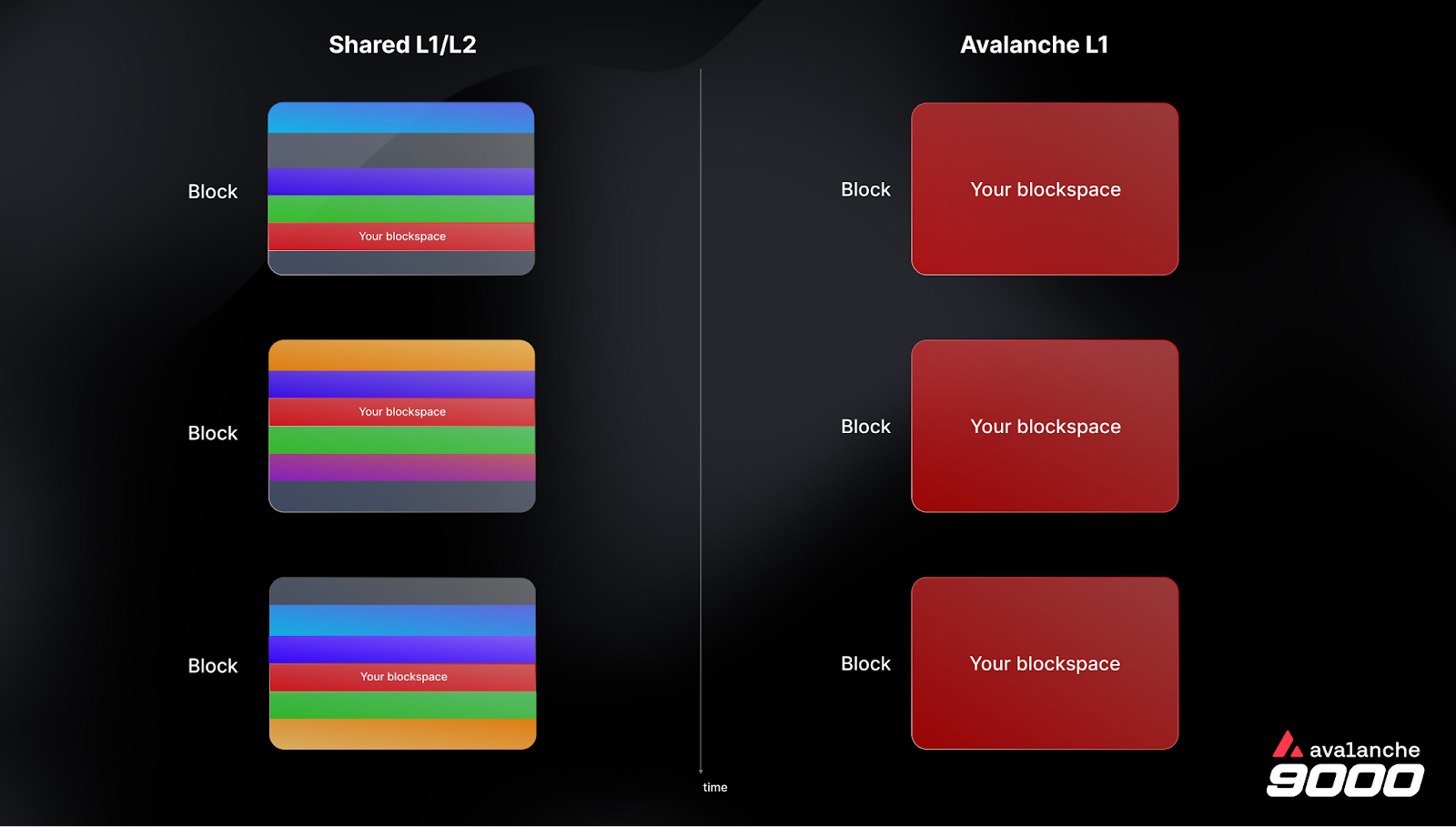
You don’t share blockspace. You don’t wait for someone else’s NFT mint to finish. You don’t get throttled because another app went viral. Your chain, your throughput. Always.
Every Avalanche L1 runs its own consensus with its own validator set. It doesn’t borrow security from the Primary Network, doesn’t need to get re-verified on the C-chain, and doesn’t have to squeeze into a shared mempool. That’s why Avalanche has processed billions of transactions across all its L1 chains with zero downtime.
This is real horizontal scaling.
Your chain can go full throttle, execute millions of transactions per day, and it won’t affect or get affected by any other L1. It’s a high-frequency game chain or a finance-grade tokenization platform, everything runs isolated but interconnected.
That’s exactly why Avalanche is becoming the base layer for Web3 gaming.
These gaming subnets aren’t just dev experiments—they’re full-fledged environments optimized for deployment, onboarding, and scaling. If you’re launching a new Web3 game, you don’t just get infra—you get infra that won’t collapse when your daily active users shoot past 100k.
And it’s not limited to games.
For institutions handling high-value transactions, this isolation unlocks a killer use case: atomic settlement at scale. They get cost efficiency, low-latency finality, and the ability to process financial flows without worrying about external noise. No waiting. No queuing. No retrying. Just confirmed, final, and done. That’s critical for trad finance applications—and one reason high-stakes Avalanche L1 use cases in finance are scaling here rather than on monolithic chains.
Avalanche L1s don’t compete for space. They expand it. I think this Tweet from Kevin Sekniqi summarizes it well:
"their own l1" is outdated mental model at this point.
— Kevin Sekniqi 🔺 (@kevinsekniqi) March 21, 2025
new-gen multi-chain networks like avalanche feel like a single unified chain. you just basically get dedicated blockspace for your app.
you get:
+ the same interoperability + network effects + liquidity
+ way more… https://t.co/gSKGegtzWe

Developer Tooling and Direct Support from Avalanche
Most chains will hand you some docs, maybe a grant form, and wish you good luck. Avalanche doesn’t work like that.
If you’re building something meaningful—whether it’s a game, a tokenization layer, or a multi-chain platform—Avalanche shows up like a real partner. Infra, strategy, visibility, funding—they’ve backed serious teams all the way from zero to mainnet.
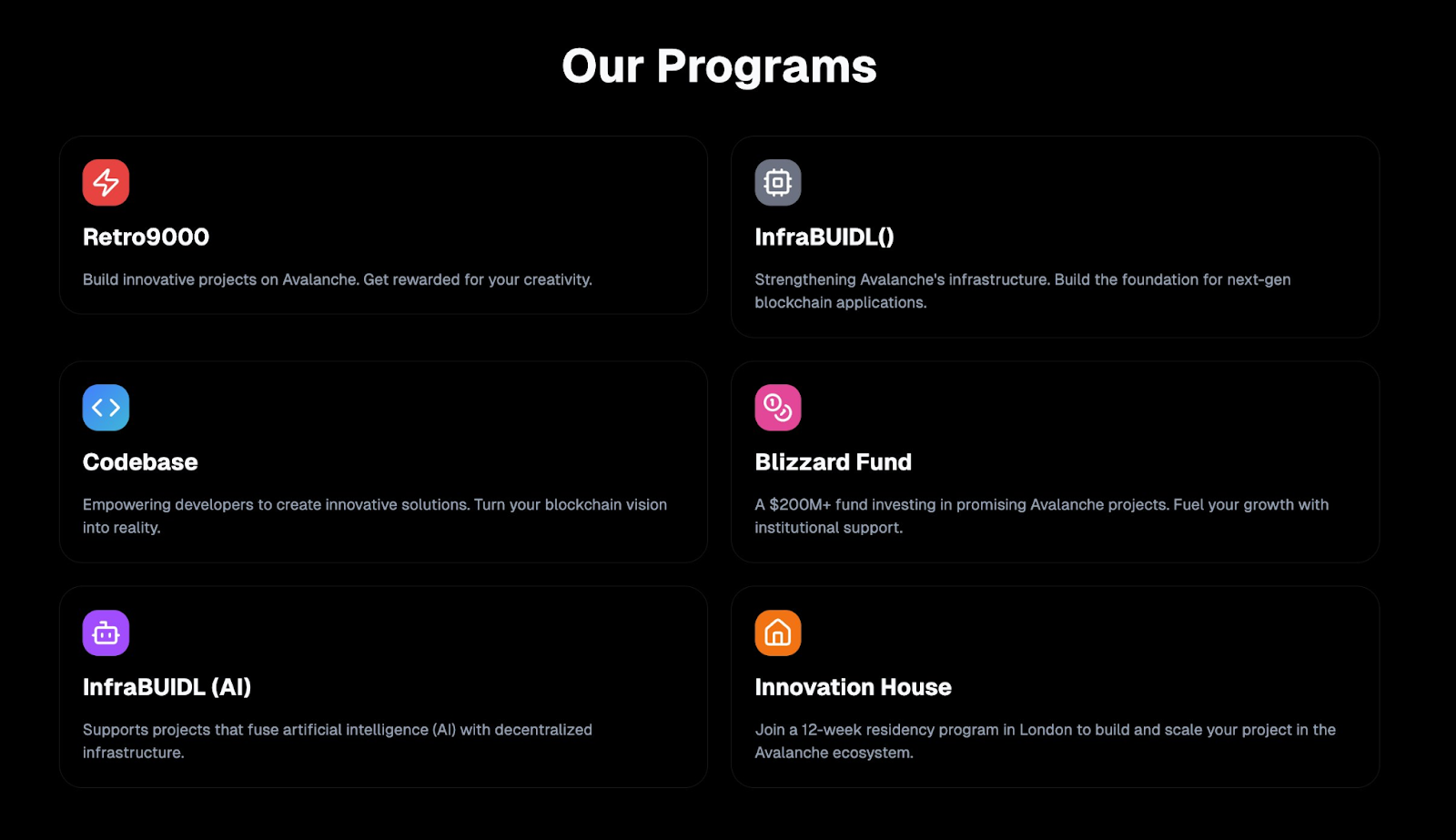
Initiatives like infraBUIDL(), Retro9000, and Builder Credits are already live and pushing real adoption. The infraBUIDL() program is focused on strengthening Avalanche’s core by funding critical infrastructure—everything from validator marketplaces, RPC endpoints, indexers, token engineering, to wallets, bridges, and interoperability tools. It offers both upfront and milestone-based retroactive grants, with teams like Space & Time, Via, and Codatta already funded under it. And with infraBUIDL(AI), Avalanche has opened it up further to autonomous agents, AI-integrated dApps, and smart tooling, bringing in their in-house AI reviewer—AIfred—to streamline evaluation.
For projects that are already live or close to mainnet, the Avalanche Foundation has announced Retro9000—$40M in retroactive grants for Avalanche L1 builders. You deploy your L1, build traction, and retroactive rewards are distributed based on real adoption and community signals. Several Cogitus-powered L1s like CodeNekt, DCOMM, Turf, LogX, Bixel, and Unicus are already on the Retro9000 leaderboard among the top 180 tracked projects. The first snapshot was already taken on April 15th, and the next one will be taken on July 15th.
The first Retro9000 Project Snapshot is complete 🔺
— Avalanche Foundation 🔺 (@AvalancheFDN) April 15, 2025
Retro9000 is all about funding Avalanche L1s and infra-tooling—this is just the beginning! pic.twitter.com/GdiuBkftqo
And for L1s just getting started, Avalanche Builder Credits is solving the cold-start problem by subsidizing the early infra costs. Launch your testnet with Cogitus by Zeeve for as low as $50 per month, with the rest covered through Builder Credits. Avalanche is making it cheaper and faster than ever to go live, and Cogitus is one of the official partners making that happen.
There are a few other initiatives in motion, but these three are already giving serious Avalanche L1 projects the push they need—whether you’re building core infra, launching a testnet, or looking to scale with support that actually shows up.
Launch Your Avalanche L1 with Builder Credits: Testnet at $50, Mainnet at $995
Yes, you can launch your Avalanche L1 testnet for $50 and mainnet for $995. But you’re not coming to Cogitus just for the pricing. You’re coming to launch with confidence, and everything else hard to get anywhere else..
We don’t just help you spin up a chain—we help you figure out if Avalanche L1s are the right fit in the first place. That means hands-on guidance from teams who’ve worked across stacks and understand the trade-offs, whether you’re migrating from a shared sequencer rollup, a parachain, or a modular appchain stack.
Already running a testnet or mainnet and thinking about switching to Avalanche L1s? We help you migrate your network with zero downtime and no data loss, backed by multi-stack expertise and automated workflows for smooth transitions.
Once you’re live, Cogitus gives you more than just near 100% uptime. Our Avalanche L1 management dashboard brings 24/7 monitoring, 1-click deployments, and granular validator management with real-time metrics, alerting, and configuration tools. You also get access to dozens of pre-integrated services—indexers, faucets, explorers, and dev tools—that would otherwise take weeks to set up.
And we’ve already helped multiple L1s go live through Avalanche’s Retro9000 and Builder Credit programs. Many of them are on the top project leaderboard right now.
If you’re serious about launching or scaling your Avalanche L1, you need more than infra. You need a launch partner that understands what comes next.
Schedule a call. Let’s get your Avalanche L1 live the right way.

